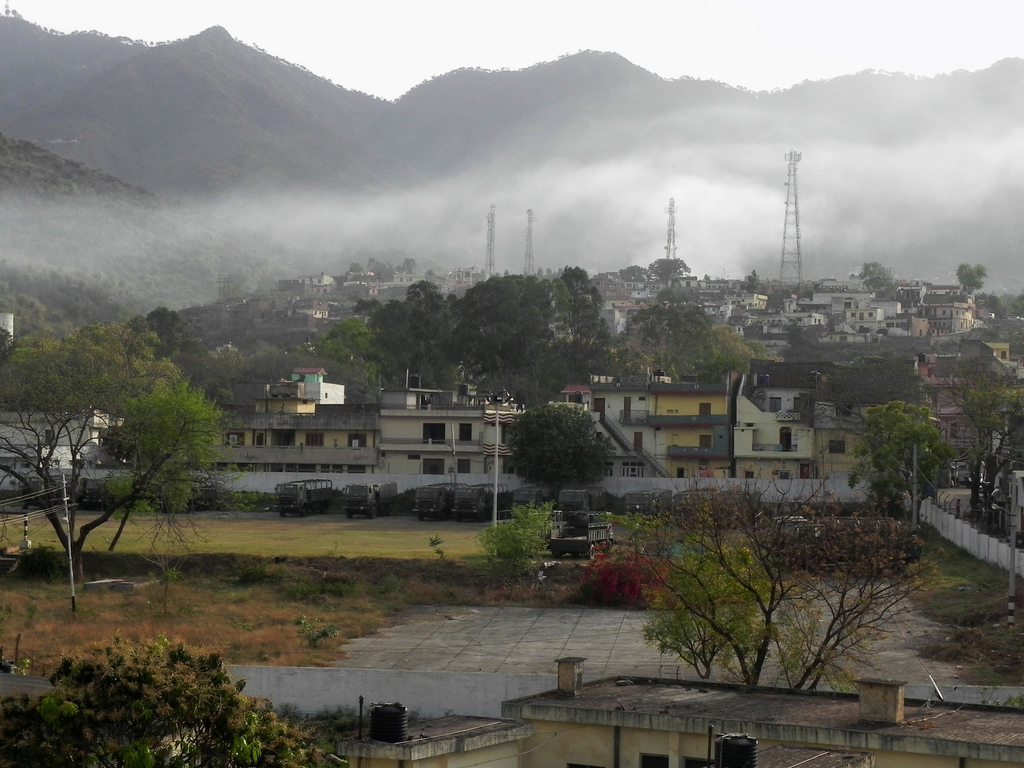Malnutrition in India

Introduction
Food and nutrition are among the fundamental needs of a human being and are particularly important for a child’s growth and development. According to the World Health Organisation (WHO), malnutrition refers to “deficiencies, excesses, or imbalances in a person’s intake of energy and/or nutrients”.
India has one of the highest rates of child malnutrition. Poverty, diseases, low educational standards, and many other factors are responsible for the malnutrition problem in India. Thus, India needs an upgraded national nutrition policy to fight against malnutrition.
Status of Malnutrition
According to Angus Deaton, the 2015 Noble Prize for Economics winner, malnutrition in India is not just the result of a low-calorie diet.
Poor health of a child’s mother, poor sanitation and spread of diseases, poverty, lack of quality food, reduced appetite due to infections, and low standard of education for women are some of the factors that lead to malnutrition. According to the HUNGaMA (Hunger and Malnutrition) Survey, malnutrition is more prevalent among children from low-income families. They have less access to hygienic conditions and good quality food and hence fall into the trap of diseases easily.
The first two years of newborn child’s life are the most crucial for his physical and cognitive growth. However, many Indian women start pregnancy underweight and gain little weight during pregnancy. This leads to underweight babies, high rates of neonatal mortality, and problematic breastfeeding. Also, discrimination against women in their homes also leads to their low food intake because women are deemed less important than men, and so they get food last.
The Global Hunger Index reports that 38.7% of Indian children are stunted due to lack of nutrients.
Consequences of Malnutrition
Malnutrition affects women more due to their specific nutritional needs during adolescence, pregnancy, and lactation. Undernourished girls grow up to become undernourished women who give birth to undernourished children, who are more prone to suffer from infections like pneumonia, measles, malaria, etc.
Moreover, undernourished children do not perform well in school and hence are less productive and earn less wages.
Also, inadequate uptake of some nutrients like iron can cause iron-deficiency anemia, which can lead to permanently impaired cognitive abilities.
Steps Taken by Government
Malnutrition is a huge problem in India. It is one of the biggest targets for sustainable development. The government has launched the Integrated Child Development Services Scheme and the Rajiv Gandhi Scheme for Adolescent Girls. These schemes cover the nutritional needs of children of ages from 6 months to 6 years, as well as pregnant and lactating mothers.
There are public health facilities with special units set up to treat children with severe acute malnutrition as well.
The government has also launched the POSHAN Abhiyaan or National Nutrition Mission aimed at reducing malnutrition in women and children.
Way Forward
Boosting nutritional levels across the country is one of the biggest challenges.
Leadership at the highest level must ensure that priority is given to child nutrition outcomes.
Thus, the prevention and treatment of child undernutrition in the first two years of life needs to become a national development priority.
Social institutions must work to improve nutrition and children’s welfare in the society by community-based healthcare system.
Political commitment, administrative efficiency, literacy, and women’s empowerment will also help in reducing malnutrition.




